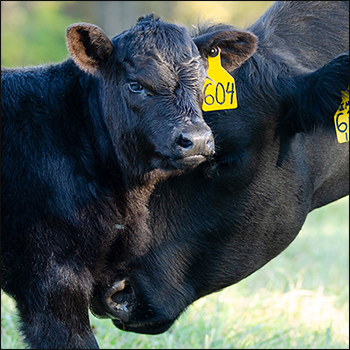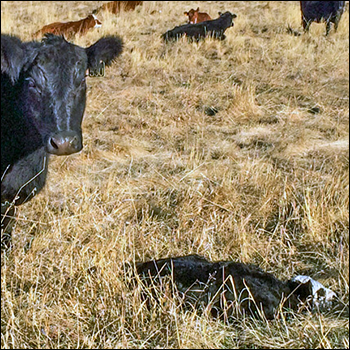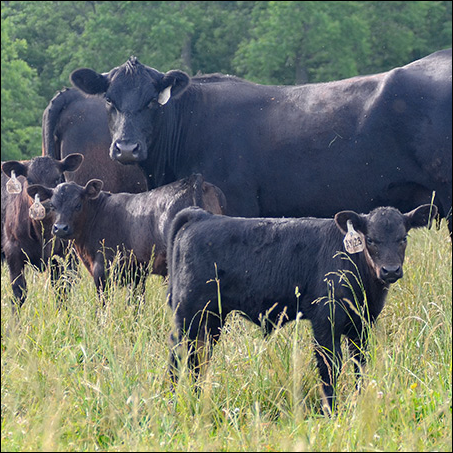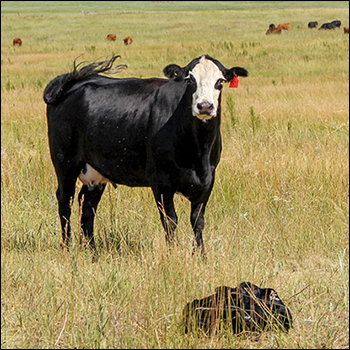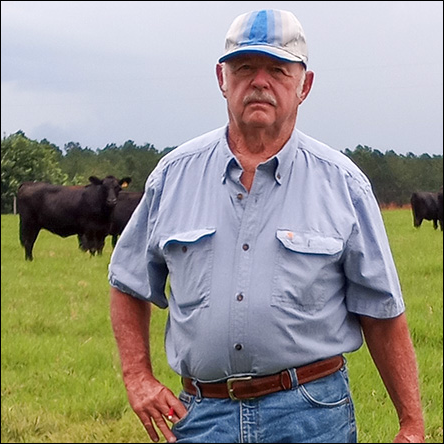
The Future of Antibiotic Use
More scrutiny for antibiotics given to groups of cattle.
According to Kansas State University veterinarian Mike Apley, there once were just four things to consider when contemplating treatment of an animal with an antibiotic. The first consideration was whether it was likely to do any good. The second was whether it might do any harm. Thirdly, a person had to figure out the best way to get the product into the animal. The fourth thing to consider was the cost.
“Now there are five things,” Apley explained to stakeholders gathered for the 2021 Cattle Industry Convention in Nashville, Tenn. “Now we have to think about whether the treatment will do something to increase antibiotic resistance.”
A member of the Presidential Advisory Council on Combating Antibiotic-Resistant Bacteria, Apley was invited to address the National Cattlemen’s Beef Association Cattle Health and Well-Being Committee and talk about the future role of antibiotics in livestock production. He warned that cattle producers will have to become more discerning about antibiotic use. The problem is that many classes of antibiotics used to treat livestock are also used in human medicine, and antibiotic resistance among organisms that cause human disease is a legitimate concern.
“If a producer asks how is he causing a problem by treating a cow for foot rot or anaplasmosis, the answer is ‘you’re not,’” said Apley. “The questions come about when antibiotics are used repeatedly in a population. We’re held to a higher standard when applying treatment to groups.”
Apley said more scrutiny can be expected when antibiotics are applied to groups of cattle for prevention and control of infections. Expect increased criticism of metaphylactic measures. “Tylosin and CTC (chlortetracycline) in feed are the lightning rods,” stated Apley.
Additionally, Apley said the Food and Drug Administration (FDA) is considering requiring language specifying duration of use to be included on product labels. Likely by 2023 is a veterinarian prescription requirement for the purchase of injectable penicillin and oxytetracycline products.
Apley also told cattlemen to expect advocate groups to push for state reporting requirements for veterinary prescriptions. Eventually, producers may have to pass scrutiny for antibiotic use, before gaining access to certain cattle or beef markets. Under reporting requirements, cattle that require a lot of doctoring with antibiotics could have lower value.
Apley advised producers to practice unwavering antibiotic stewardship, by first doing everything possible to avoid using them and then only using antibiotics correctly. He noted that no new classes of antibiotics have been approved for use in animals since 1978, and producers should not expect any new classes to be released in the future. If new classes of antibiotics are added for use in humans, it’s likely they will be held in reserve and not shared with animals.
“We have to be really, really good stewards of what we have,” warned Apley.
Editor’s note: Troy Smith is a cattleman and freelance writer from Sargent, Neb. Photo by Kasey Brown.

